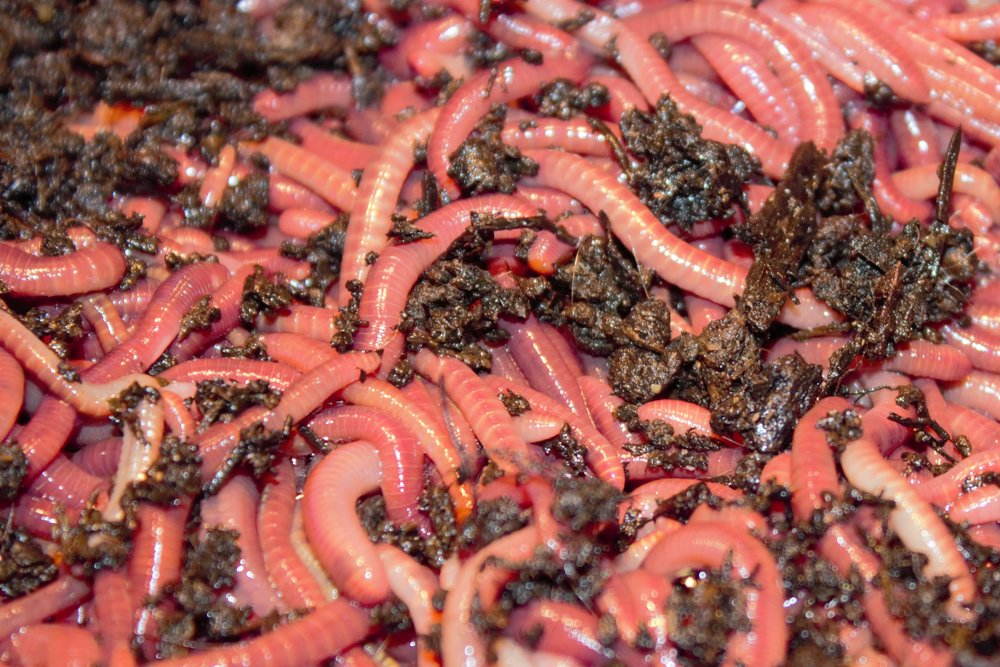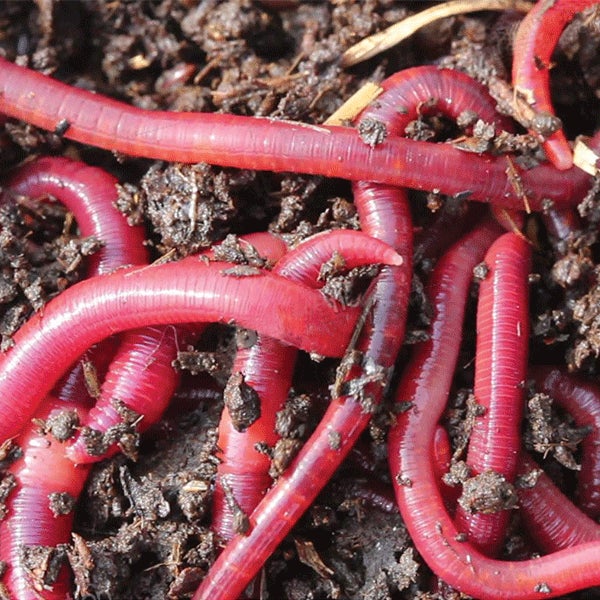Red wigglers: Step-by-step guide for beginners
Wiki Article
Why Red Wigglers Are the most effective Option for Your Composting Demands
Red wigglers have actually arised as a superior choice for composting due to their remarkable capability to successfully decompose organic matter while producing premium worm spreadings. The journey to successful vermicomposting includes more than just obtaining these worms, and comprehending the excellent problems and misconceptions bordering them is critical for maximizing their potential.Advantages of Red Wigglers

Red wigglers grow in a selection of conditions, making them versatile to different composting arrangements, from tiny containers to bigger systems. They excel in vermicomposting, where their task produces a high-quality output referred to as worm castings, rich in helpful microbes and nutrients important for plant growth. This all-natural fertilizer promotes dirt health, enhances dampness retention, and enhances plant durability versus bugs and illness.
Furthermore, using red wigglers can dramatically reduce methane emissions connected with landfill waste, contributing to environmental sustainability. Their ease of treatment and minimal upkeep needs make them appropriate for both novice and seasoned composters. Ultimately, integrating red wigglers into your composting approach not only promotes reliable waste administration but also raises the quality of your garden compost.
Ideal Composting Problems
Creating ideal composting conditions is vital for making the most of the efficiency of red wigglers in breaking down raw material. These worms prosper in a controlled environment that mimics their natural habitat, which mostly includes damp, dark, and well-aerated rooms. To attain this, keeping a temperature level variety of 55 ° F to 77 ° F is crucial, as extreme temperature levels can hinder their activity or perhaps result in death.(red wigglers for composting)Wetness levels should also be meticulously kept an eye on; red wigglers call for a moist setting, ideally around 70% moisture web content. Way too much dampness can lead to anaerobic problems, while inadequate dampness can trigger dehydration. In addition, a well balanced carbon-to-nitrogen ratio, ideally around 25:1 to 30:1, sustains optimum digestion and nutrient biking.
Additionally, the composting tool should be kept loosened and aerated, enabling appropriate airflow. This not only profits the worms but likewise help in the malfunction of natural materials. By making certain these suitable problems, composters can produce a successful environment that enhances the effectiveness of red wigglers, eventually resulting in abundant, nutrient-dense garden compost.
How to Start Vermicomposting
Beginning vermicomposting is an uncomplicated procedure that can yield significant advantages for both your garden and the atmosphere. To begin, select an ideal container, such as a plastic bin or a wooden box, ensuring it has ventilation openings for air movement. A dimension of roughly 15 to 20 gallons is excellent for small procedures.Next, prepare the bed linens material, which must be a blend of shredded paper, cardboard, and coconut coir. This bed linen provides a comfy environment for the worms while maintaining wetness. Objective for a bed linen deepness of around 4 to 6 inches.
When the bedding prepares, introduce red wigglers into the container. A populace of around 1,000 worms suffices for refining kitchen scraps efficiently. After adding the worms, incorporate a balanced mix of green materials, such as fruit and veggie scraps, along with brownish products, like dried out leaves.

Nutrient-Rich Spreadings
(red wigglers near me)The red wigglers in your vermicomposting system play an important function in generating nutrient-rich castings, a very popular natural fertilizer. These spreadings, often described as worm humus, are the result of the worms absorbing raw material and excreting it in a kind that is exceptionally useful for plants.Rich in vital nutrients such as nitrogen, phosphorus, and potassium, worm spreadings offer a well balanced source of fertility that boosts dirt framework and promotes healthy and balanced plant growth. Furthermore, they contain advantageous microorganisms that better boost dirt health and wellness, helping in nutrient absorption and condition resistance.
The slow-release nature of worm spreadings guarantees that nutrients are offered to plants over an extensive duration, decreasing the threat of nutrient leaching and hence adding to sustainable gardening practices. Unlike synthetic fertilizers, which can bring about soil deterioration with time, worm castings enhance the soil's physical, chemical, and organic buildings.
As a result, integrating red wigglers into your composting efforts not only mitigates waste yet likewise generates a premium organic change that considerably benefits yards, landscapes, and potted plants alike. - red wigglers
Usual Misconceptions Concerning Worms
While lots of people recognize the benefits of utilizing worms in composting, several mistaken beliefs linger about their biology and actions. One typical myth is that all worms are similarly efficient for composting, when as a matter of fact, only certain species, like red wigglers, thrive in natural waste atmospheres. These worms are especially adjusted to composting, making them suitable for this objective.One more misunderstanding is that worms are vulnerable and need extremely particular problems to make it through. In truth, red wigglers are rather resistant, able to tolerate a series of temperatures and dampness levels, provided they are maintained within a suitable array.
Furthermore, some think that worms take in all sorts of food waste indiscriminately. Red wigglers prefer particular organic products, such as fruit and veggie scraps, and can struggle with meat, milk, and oily foods, which can develop smells and draw in insects.
Conclusion
To conclude, red wigglers stand for an optimal choice for composting as a result of their rapid decay capacities and flexibility to various atmospheres. The nutrient-rich spreadings produced substantially boost soil health and wellness, promoting sustainable horticulture practices. Understanding the perfect conditions for vermicomposting and addressing common misconceptions regarding these worms better solidifies their role in effective waste monitoring. red wigglers. By leveraging the advantages of red wigglers, people and communities can add to a more sustainable and eco-friendly technique to organic garbage disposal.Report this wiki page